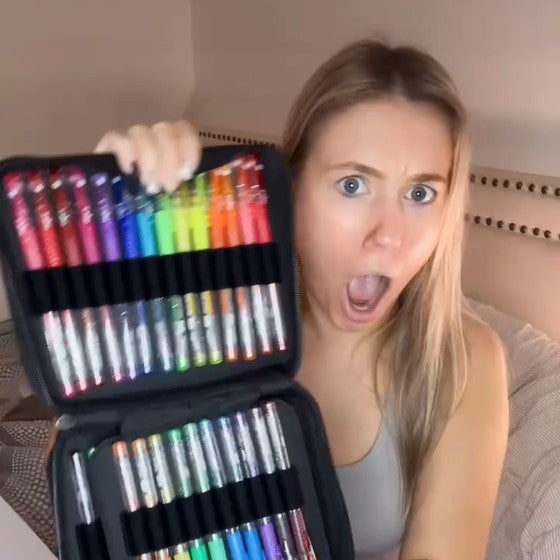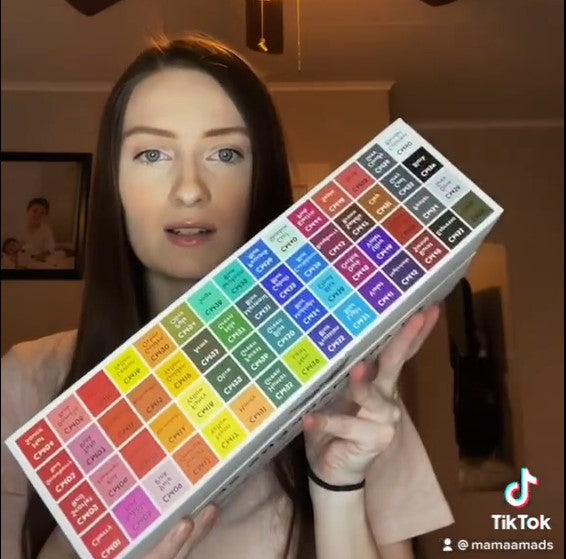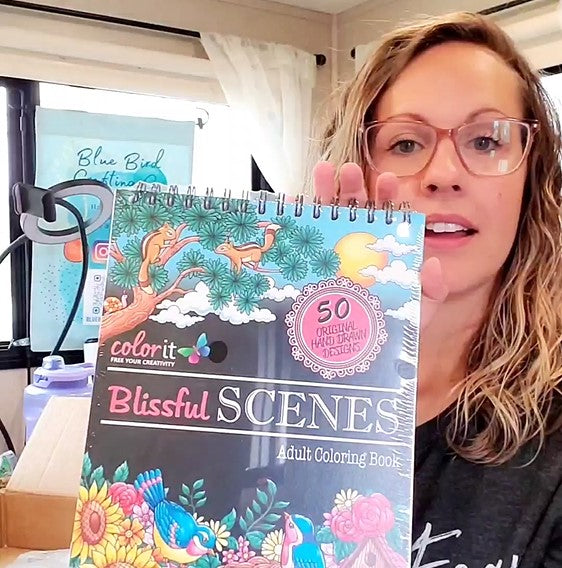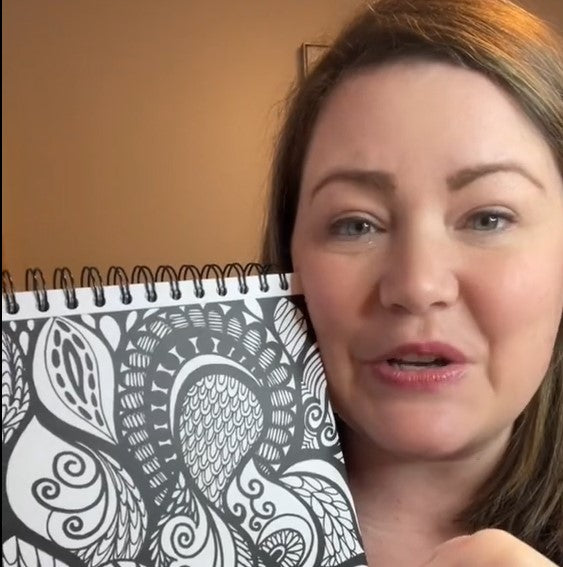Color Theory for Adult Coloring
Posted by ColorIt Store Owner on
If you're new to adult coloring, you may be wondering how to choose the right colors for your designs. That's where color theory comes in. Color theory is a set of principles that explains how colors work together and how they can be used to create harmonious and effective designs. Whether you're a beginner or a seasoned coloring enthusiast, understanding color theory can help you create more cohesive and visually appealing coloring projects.
The Color Wheel
The color wheel is a visual representation of the relationships between colors. It's made up of a circle of colors, with primary colors (red, yellow, and blue) at the top, secondary colors (orange, green, and purple) in the middle, and tertiary colors (colors formed by mixing a primary and a secondary color) at the bottom. The color wheel is a useful tool for understanding how colors relate to each other and how they can be combined to create different effects.
Primary, Secondary, and Tertiary Colors
Primary colors are the basic colors that cannot be created by mixing other colors. They are red, yellow, and blue. Secondary colors are created by mixing two primary colors. They are orange (red + yellow), green (yellow + blue), and purple (blue + red). Tertiary colors are created by mixing a primary and a secondary color. There are six tertiary colors: red-orange, yellow-orange, yellow-green, blue-green, blue-purple, and red-purple.
Complementary Colors
Complementary colors are colors that are opposite each other on the color wheel. For example, red and green, blue and orange, and yellow and purple are all complementary colors. Complementary colors can be used to create contrast and balance in a design. For example, if you are coloring a flower and want to make the petals stand out, you could use a complementary color for the center of the flower to create a bold, contrasting effect.
Monochromatic Schemes
A monochromatic color scheme uses shades and tints of a single color to create a cohesive and harmonious design. Shades are created by adding black to a color, while tints are created by adding white. For example, a monochromatic scheme using shades of blue could include a deep navy blue, a medium blue, and a light blue.
Analogous Colors
Analogous colors are colors that are next to each other on the color wheel. For example, red, red-orange, and orange are analogous colors. Analogous color schemes use a combination of two or three analogous colors to create a cohesive and harmonious design. For example, if you are coloring a beach scene, you could use a combination of blue, blue-green, and green to create a cohesive color scheme.
Color theory is a powerful tool that can help you create more cohesive and visually appealing coloring projects. Whether you prefer complementary, monochromatic, or analogous color schemes, understanding the relationships between colors and how they can be used together can help you create more effective designs. So next time you sit down to color, take some time to think about the colors you are using and how they can work together to create the desired effect. Experiment with different color combinations and see what works best for you.
Share this post
0 comment







